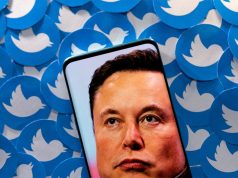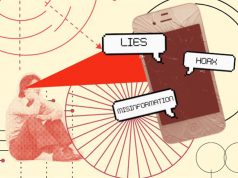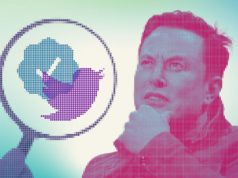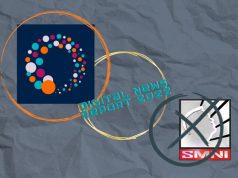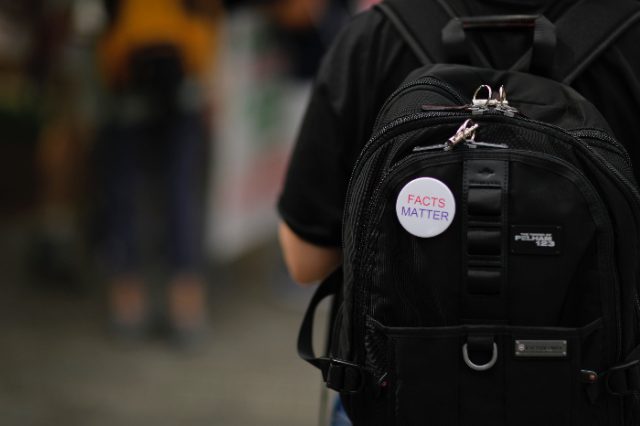
A new report found four distinct organization models of “fake news” factories affecting Philippine politics and public opinion.
The report titled “Politics and Profit in the Fake News Factory: Four Work Models of Political Trolling in the Philippines” was published by the NATO Strategic Communications Center of Excellence this December.
The authors Jonathan Corpus Ong, an associate professor of Global Digital Media at the University of Massachusetts Amherst, and Jason Vincent Cabañes, an associate professor of Communication at De La Salle University in Manila, sought to shed some light on the complex world of political trolling in the digital landscape.
“The typical troll in the Philippines is not the sad nerdy guy living in his parents’ basement, but the savvy entrepreneur hyping their digital skills and seeking both political and corporate clients. This kind of troll does not need to hide in the dark web or a black market; this troll is employed in the politician’s in-house team, a PR firm or a digital marketing company,” Ong said.
It was Ong and Cabañes who previously found that advertising and public relations strategists are the people behind organized political trolling and spreading of made-up news reports, calling them “architects of networked disinformation.”
In the study, they sketched a blueprint showing how social media have been gamed for years using “digital black ops” and “click armies” for political clients.
Another study, which Ong also participated in, found that online celebrities and micro-influencers were mostly used to spread fake news online during the 2019 Philippine Midterm Elections.
Four models of disinformation
“The emergence of four disinformation work models across the spectrum of the politics-profit mix powerfully signals that fake news production is becoming ever more entrenched into the very fiber of contemporary politics,” Ong and Cabañes said.
The researchers suggested a process-oriented response, such as a push for legal reforms, campaign transparency in terms of social media use and enacting industry standards.
1. In-house staff model
As the name suggests, the in-house staff model mostly occurs at offices of local and national politicians and is the most common type of the four models.
Its structure consists of veterans of political campaigning and chiefs of staff who require their team to perform or conduct addition disinformation campaigns without extra pay.
“The chiefs expect their staff to take on this additional troll work, regardless of their official designation and without extra pay,” the researchers said.
2. Advertising and PR model
Politicians or private donors outsource the trolling work to disinformation consultants for hire.
Behind legitimate campaigns, loosely networked digital disinformation teams are only assembled on a per-project basis.
These teams consist of three tiers of producers—the consultants, the anonymous digital influencers and the “community-level fake account operators.”
3. Clickbait model
This is what Cabañes and Ong found to be the most commercially-driven model is the clickbait model as this is motivated by the “cost per click” type of metrics.
“These digital infrastructures financially reward content publishers based on ever-changing metrics of web traffic and user engagement, usually measured by platforms, third-party intermediaries, and advertisers in terms of ‘impressions’ and ‘cost per click,’” they said.
They cited Twinmark Media Enterprises, a digital marketing group which was banned by Facebook early this year, as an example of a company that practiced the clickbait model.
Twinmark mainly received its revenue from Facebook and Google’s advertising technologies, which could have reached up to P400 million prior to its shutdown.
4. State-sponsored model
Silencing the opposition to the ruling administration is the primary goal of the state-sponsored model.
To sway news reportage to their favor, those behind this model involves the president himself who intimidates and harasses his critics in public speeches.
“His outbursts are usually a response to their unsavory reports of the government and his policies, most notably the war on drugs. His message is taken forward by his so-called ‘keyboard army,’ consisting of hyper-partisan political pundits, social media influencers and fans,” the researchers wrote.
They described this as a form of digital bullying that leads to “silencing, self-censorship and chilling effects among dissenters and the public at large.”




